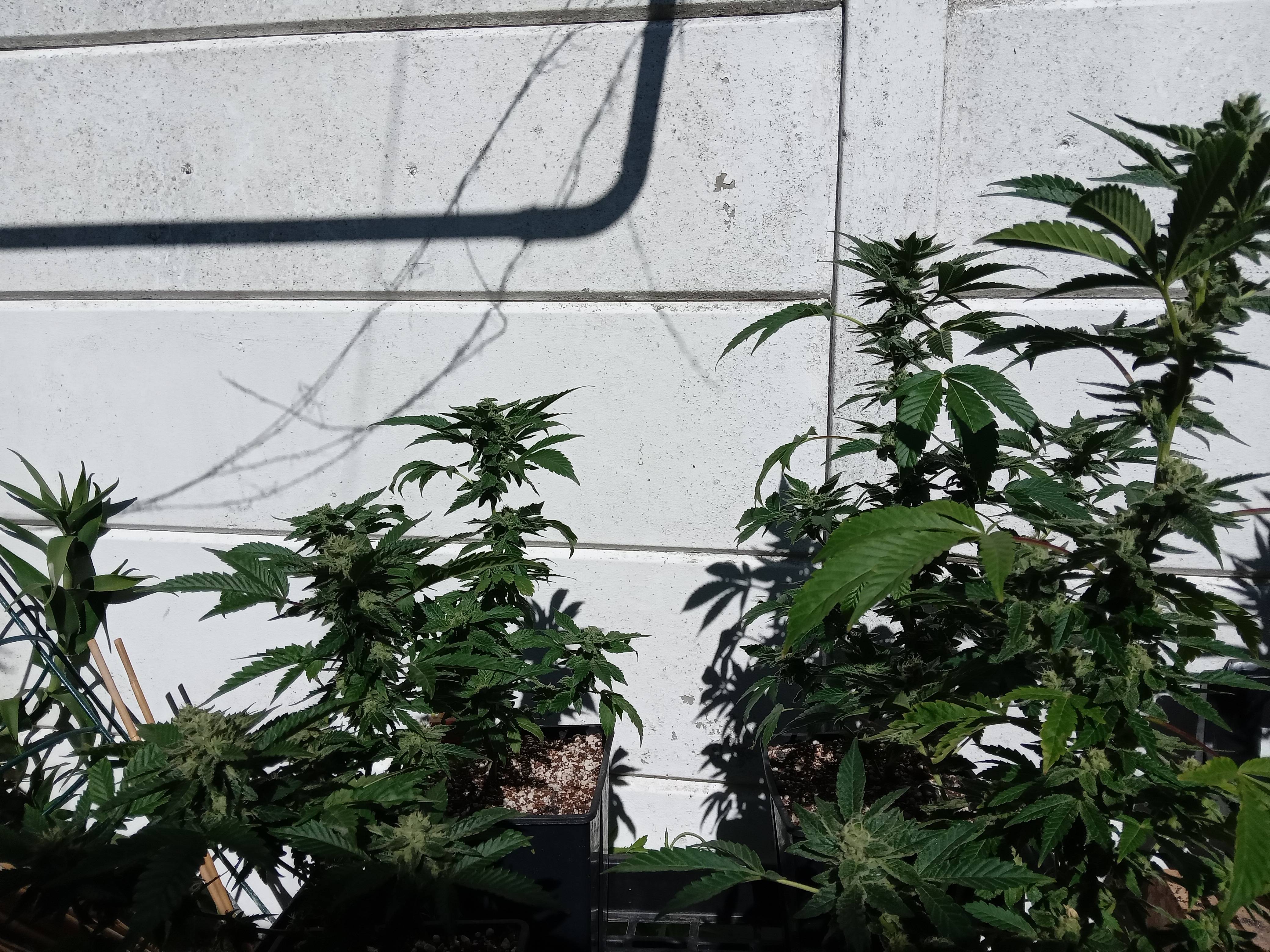Good evening Naughty, glad my info was useful to you. Buying plants ready for flowering must be a bonus and they're right on your doorstep too. A long time ago a person who owned a postnet franchise told me exactly how to get my seeds through cape mail. Never use a courier, only the national postal service. Use standard airmail post only, the letters are rarely if ever checked. The package must weigh under 150 g and be sent in a standard size envelope, no bigger than A5. SA Customs ask for duties on certain goods over the value of R500, so ask the sender to mark the value accordingly. A bulky item will get opened and checked 9/10 times. Seeds in vial in a taped up padded plain envelope will arrive un-opened.
Its been a long while since i ordered them, but i think the shipping costs were $18 and the packs were $50 each.



